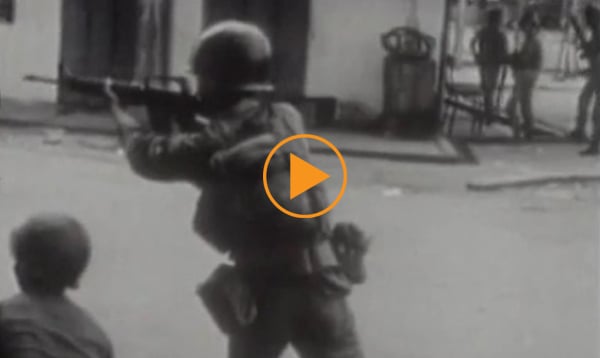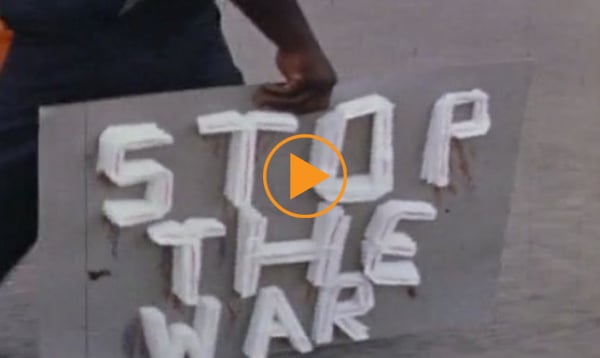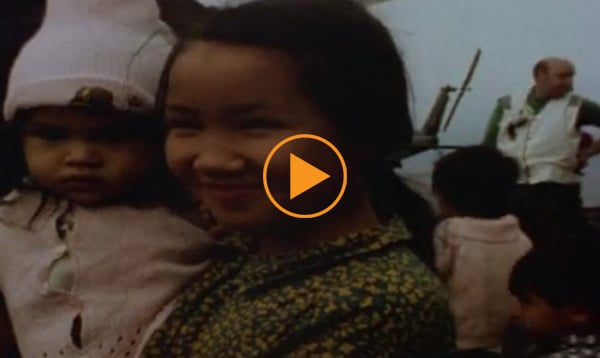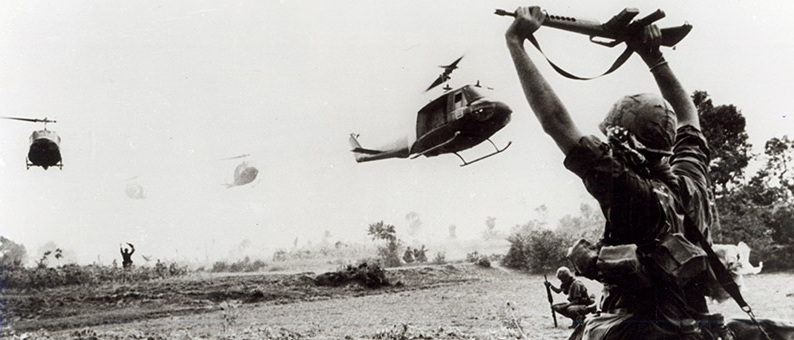
The Vietnam War on Film
The Vietnam War – often referred to in the US as “America’s longest war” and in Vietnam, as the Resistance War Against America – grew out of the American commitment to the containment of communism during the Cold War.
For around 15 years, the Democratic Republic of Vietnam in the North fought against an American-supported Republic of Vietnam in the South. The war for the U.S. ended in 1973 with the withdrawal of American combat troops, and two years later, South Vietnamese forces surrendered to the North.
With the unification of Vietnam under the Communist government of the North, the U.S. had officially failed to achieve its objectives. A nation accustomed to grand victories suffered its first major defeat. The “longest war” was a military, political, and social disaster, one that would haunt Americans for decades.
The Bridgeman Footage archive offers up many hours of footage from the Vietnam War. Here are some of the highlights:
Search and Destroy Missions
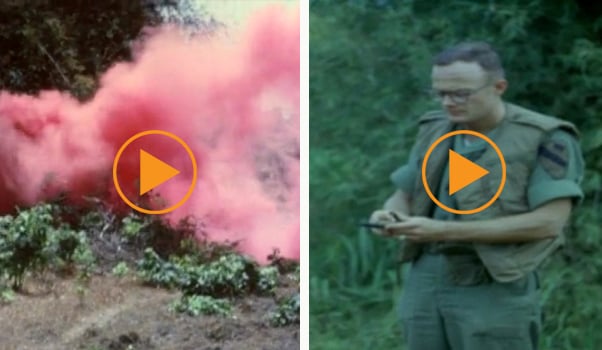
Left: Royal Australian Regiment on search and destroy mission, ambush and capture viet cong, 1967 / Australian War Memorial
Right: Vietnam War – Operation Thayer II, 1966
June of 1965 saw American ground forces engage the Viet Cong in direct fighting for the first time. Their aggressive “search and destroy” strategy meant sending ground forces into hostile territory to locate and destroy Vietcong, and withdrawing immediately afterwards. These missions most commonly involved hiking out into the “boonies” and setting an ambush in the brush, near a suspected Viet Cong trail.
Australia in Vietnam
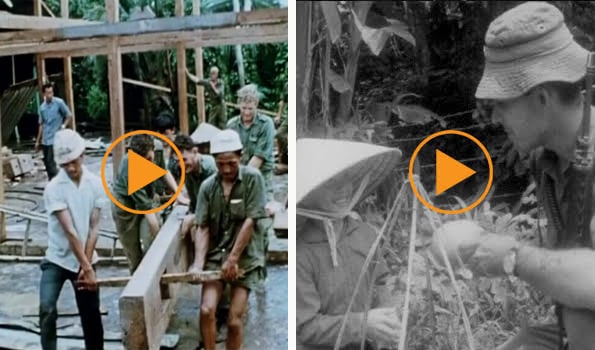
Left: Operation Ainslie, Australian Army, Vietnam, 1967 / Australian War Memorial
Right: Australian troops search and interrogate villagers, children play and sell fruit and fish, army medics provide medical care. Vietnam War 1968 / Australian War Memorial
The South Vietnamese government sought assistance from not only the United States but also her regional ally, Australia, and both countries responded with civil and military aid. Australia’s contribution was small in comparison to America’s, but sufficient to show loyalty to the United States, Australia’s most valued ally, but as a result it has not been nearly as well documented. Bridgeman Footage is home to many clips telling the story of Australia’s involvement in Vietnam.
The Tet Offensive
Beginning on the Vietnamese Tet holiday, on Jan 31, 1968, the Viet Cong shocked US troops with an attack supported by North Vietnamese troops. The fight lasted months and ultimately proved a catastrophe for the Viet Cong, who lost 37,000 fighters. It was also a nasty blow for the United States, with 2,500 fatalities, and public support for the war in America plummeted.
Anti War Protest
On March 2 1965, during the Democratic National Convention in Chicago, anti-war protestors clashed with police in the streets outside the convention. Chicago’s Democratic mayor, Richard Daley, authorised officers to use any force necessary to clear the protests. Hundreds of people were arrested, and dozens of demonstrators, reporters, police, and bystanders were injured in the chaos.
Operation Junction City
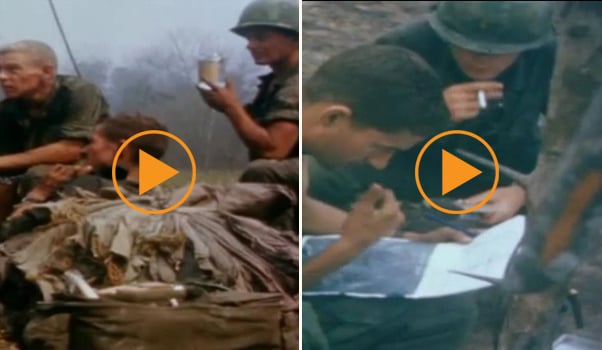
Left: Vietnam war, Operation Junction City 1967. Wounded US soldiers
Right: Vietnam war, Operation Junction City 1967. US soldiers studying aerial photo and waiting with ammo
The aim of this 82-day mission – one of the largest in the war – by US troops alongside Republic of Vietnam forces was to locate the elusive ‘headquarters’ of the Communist uprising in South Vietnam, the COSVN (Central Office of South Vietnam).
According to US analysts at the time, the HQ was believed to be a “mini-Pentagon,” complete with typists, filing cabinets, and staff workers possibly guarded by layers of bureaucracy. In truth, VC archives revealed, at the end of the war, that the HQ was in fact a small and mobile group of people, often sheltering in ad hoc facilities and at one point escaping an errant bombing by a few hundred metres.
The Longest War Ends
August 1972 saw the last U.S. ground troops leave Vietnam, with a ceasefire signed on January 27th 1973, in which the government of South Vietnam promised to hold free elections to allow its people to decide their future. However during the final weeks of April 1975, an invasion of Saigon by the North Vietnamese had become certain, and thousands of South Vietnamese civilians attempted to flee the region, with hundreds trying to board a single U.S. helicopter.
Neil Davis on Filming the War
Neil Davis was a renowned Australian combat cameraman, recognised for his work as a photojournalist during the Vietnam War and other conflicts in South East Asia. Unusually, Davis chose to film the war from the South Vietnamese perspective, and acquired a reputation for skill and luck.
Well known for his neutrality, and on one occasion crossing to film from the Viet Cong’s side, Davis’s main preoccupation lay with documenting the personal effects of war and combat on individuals. On 30th April 1975, Davis filmed North Vietnamese troops famously break through the gates to the Presidential Palace in Saigon. This image has long remained a symbol of the American failure to stop Communism in Vietnam.

